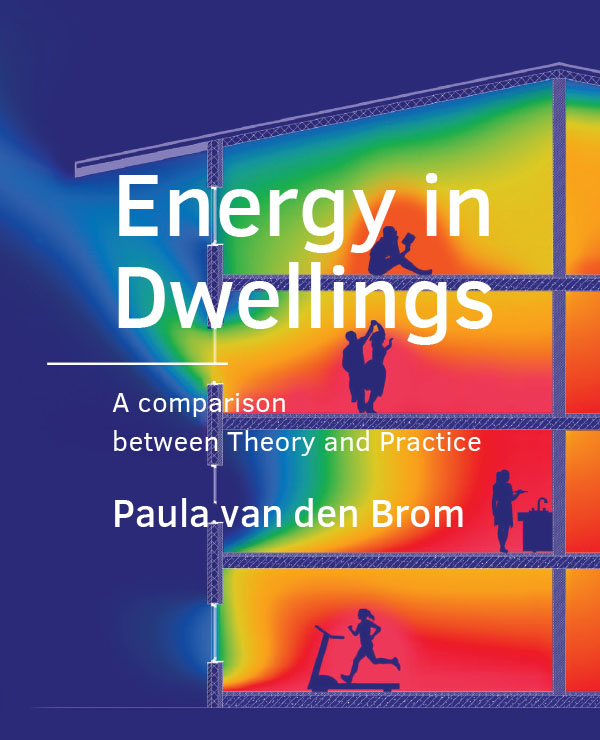Variances in Residential Heating Consumption
Importance of Building Characteristics and Occupants Analysed by Movers and Stayers
Keywords:
Residential building, Space heating, Actual energy consumption, Building energy simulation, occupantsAbstract
It is commonly accepted that occupants have a significant influence on the variation in residential heating consumption. However, the scale of that influence lacks empirical investigation. The aim of this study was to distinguish which part of the variance in actual residential heating consumption can be attributed to the occupants, and which part to the building itself. This was achieved by applying and extending a method suggested by Sonderegger in 1978, using updated and significantly improved data from two different countries: the Netherlands and Denmark. These data contain different types of heating supply systems (district heating and natural gas) and different housing forms (multi and single-family social housing, and private detached single-family houses). For the studied databases, the results indicate that approximately 50% of the variance in heating consumption between houses can be explained by differences related to occupants. The other 50% can be explained by the characteristics of the building itself and other physical parameters, which are often not taken into account in simulation models of heat transmission within buildings. Additional analyses indicate that the relative influence of occupants on heating consumption differs depending on the building characteristics of the dwelling. For example, the influence of occupants is larger when the building is more energy efficient. Based on the research results, it can be concluded that it is unrealistic to aim for a building simulation model that perfectly projects residential heating consumption for individual cases. However, creating building simulation models and occupant consumption profiles that accurately represent average residential heating consumption should be possible.


